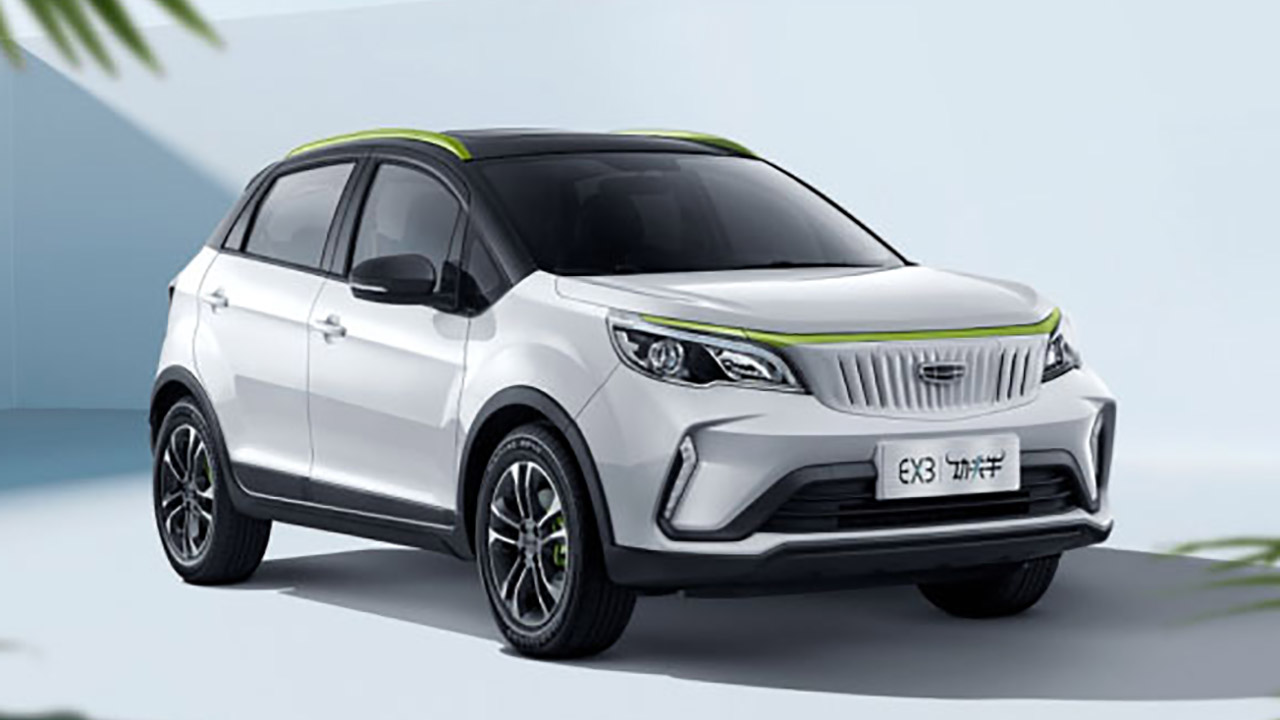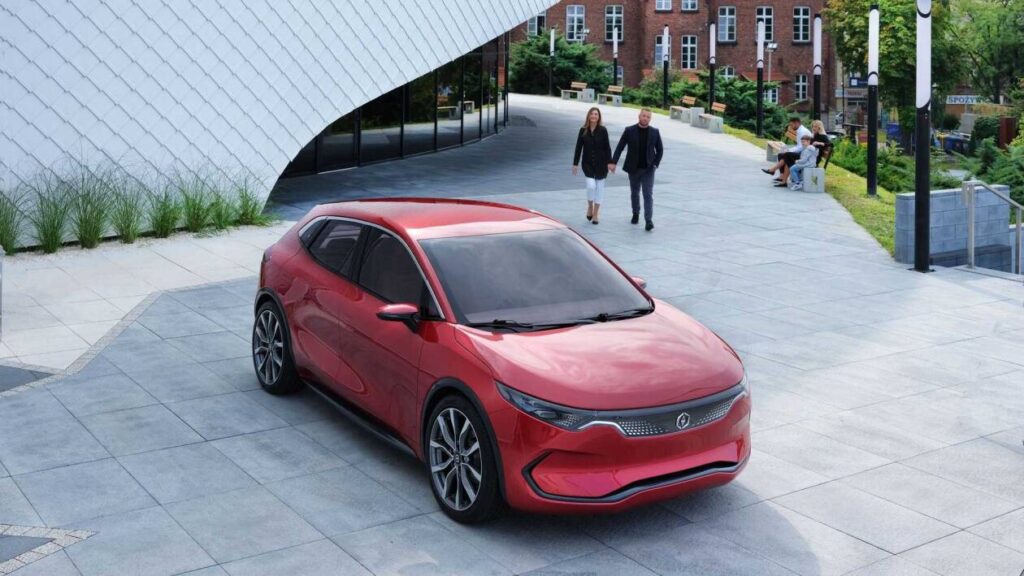Urgent and important news for all New Zealand driver’s license holders and car owners
The driving landscape in New Zealand is on the brink of exciting changes as the government makes a significant announcement regarding the transformation of vehicle characteristics. This morning, the New Zealand government shared uplifting news that promises to impact all holders of a driver’s license or licence. This article delves into the details of this announcement and explores the implications it holds for drivers across the country.
Introduction
In a move that reflects the government’s commitment to ensuring a safer and more sustainable driving environment, New Zealand has officially unveiled its plans to bring about a transformation in the characteristics of vehicles. This exciting announcement is set to have a profound impact on drivers of all kinds throughout the country.
Understanding the Announcement
The heart of the announcement lies in the intention to modify and upgrade certain characteristics of vehicles that are currently plying the roads of New Zealand. These changes are aimed at elevating the overall driving experience, enhancing safety, and aligning with global trends in vehicle technology.
Safety First: The Key Focus
Safety is paramount when it comes to driving, and the New Zealand government is leaving no stone unturned in its pursuit of road safety excellence. The vehicle characteristic changes are anticipated to encompass features that mitigate risks, reduce accidents, and ensure the well-being of both drivers and pedestrians.
Environmental Considerations and Impacts
Beyond safety, the government is also keen on addressing the environmental footprint of vehicles. With an increasing focus on sustainability, the changes are expected to usher in more fuel-efficient options and promote the adoption of electric vehicles. This aligns with the nation’s commitment to reducing carbon emissions and preserving the natural beauty of New Zealand.
Technological Advancements for Enhanced Driving
The upcoming changes are not limited to aesthetics; technology is set to play a pivotal role. From advanced driver assistance systems (ADAS) to integrated smart features, vehicles are poised to become more connected and technologically sophisticated than ever before. This shift is bound to redefine the driving experience for all.
Transition Period and Implementation
As with any significant transformation, a well-defined transition period and implementation plan are crucial. The government has assured that the changes will be rolled out in a phased manner, allowing vehicle manufacturers, dealerships, and drivers ample time to adapt. This measured approach is intended to ensure a smooth and seamless transition.
In the same way, Couelf spoke after the auto manufacturer revealed plans to open a new technology center in Auckland, the first Nizulian city, which will be important to develop software, according to Volvo cars, will play an important role. Role. A role in its implementation. Ambition to become a purely electrical brand.
The company states that the Technology Center will bear a total responsibility for developing the full and mirrors of the company’s new vehicles.
Oakland engineers will join Auckland to a global group of talents to accelerate the company’s innovation by developing programs for the main regions of Volvo cars, from basic safety technologies and from the algorithm to direct independent driving programs.
Other technical challenges include developing new jobs related to the new generation or supporting the development of full data analysis packages.
The company funded in a press release that it intends to launch the new technology center by the end of this year, as it employs about 120 engineers.
By the middle of the contract, the goal was to take 500 to 600 people in Auckland.
Fiat’s Bold Move: Revamping the Panda and Punto as Large Electric Cars

Fiat, a well-known automotive brand, has recently unveiled an ambitious plan to reinvigorate its lineup by relaunching the classic Panda and the discontinued Punto models as fully electric vehicles. This electrification endeavor is a significant step for Fiat, aligning with the impressive Stellantis electrification campaign that spans both the United States and Europe. Let’s delve into the details of this bold transformation and what it means for the future of Fiat’s electric mobility.
The Resurrection of the Panda and Punto
In a strategic move, Fiat has decided to bring back the old Panda, which was originally introduced in its third generation in 2011, and give it a fresh, electrified identity. This time, the Panda is set to undergo a remarkable metamorphosis into a slightly larger model, adopting the appearance of a B-segment SUV, catering to the preferences of contemporary consumers in Europe.

The Electric Evolution
Both the revived Panda and the rejuvenated Punto will be integrated into Stellantis’s electrification initiative, characterized by their full-electric powertrains. The electric Fiat Panda will be constructed on the same platform as the newly unveiled Jeep Avenger, solidifying its presence alongside its Jeep counterpart at the Stellantis production facility in Poland. This shared platform will enable them to leverage the eCMP platform utilized in other electric vehicles, including the Opel Corsa e, Peugeot e-208 e, and DS 3 Crossback E-Tense.
The Vision Unveiled
Stellantis’s CEO, Carlos Tavares, has announced the introduction of two new electric Fiats, marking a significant leap in the brand’s evolution. While the exact models were not disclosed, previous speculations point to the Panda and Punto as the front-runners to receive the next-generation treatment. This reimagining of the models is in alignment with Stellantis’s grand scheme to expand its electric vehicle portfolio in Europe, aiming to increase the current count of 22 models to 30 by the end of this year and an impressive 42 by the conclusion of 2024.
Ford’s Electrifying Collaboration
Fiat isn’t the only automaker embarking on electrification; Ford is also steadfastly committed to transforming its European operations into an electric-centric venture. Ford’s vision entails exclusively selling battery-powered vehicles within the European market by the end of the decade. To facilitate this transition, Ford has joined forces with LG Energy Solutions to establish a monumental battery factory in Turkey, marking a pivotal step in the realization of its electric ambitions.
A New Battery Factory Emerges
Ford’s partnership with LG Energy Solutions is set to bring about one of Europe’s largest commercial vehicle battery factories, strategically positioned within the Baskent industrial zone near Ankara, Turkey. The ambitious project is slated to commence later this year, with production operations scheduled to commence in 2026. This initiative reinforces Ford’s determination to take a lead role in the electric vehicle revolution while solidifying Turkey’s central role in the brand’s European operations.
Geely’s Boost to the Polish EV Program
In a cross-continental partnership, Geely Holding Group is poised to support Poland’s national EV program, facilitating the development of electric vehicles through its modular platform. The Electro Mobility Poland (EMP) initiative will utilize Geely’s SEA platform, which includes both mechanical and software components. This innovative move aims to accelerate Poland’s entry into the electric vehicle market, positioning it as a formidable contender alongside neighboring competitors.
Polish Supercar Aspirations
As the automotive world witnesses new entrants from unexpected corners, Poland has also thrown its hat into the ring. “Arrinera Automotive,” a Polish company, is striving to establish a foothold in the industry by presenting its “Arrinera Hussarya” model at the prestigious Poznań motor show. This supercar boasts a 6.2-liter eight-cylinder engine that propels it to a staggering 650 horsepower, achieving a 0-100 kilometers per hour sprint in a mere 3.2 seconds. With a starting price around 200,000 euros, the Arrinera Hussarya aims to compete with the likes of illustrious brands such as Ferrari and Lamborghini.
Conclusion
Fiat’s decision to reimagine the Panda and Punto as large electric vehicles signifies a pivotal moment in the brand’s history, embracing the global shift towards electrification. As Stellantis’s electrification campaign gains momentum and Ford’s collaboration with LG Energy Solutions paves the way for a battery-powered future, the automotive landscape is evolving at an unprecedented pace. Additionally, Geely’s contribution to Poland’s EV program and Poland’s foray into supercar production underline the dynamic nature of the industry. The automotive sector is witnessing a transformation of monumental proportions, and these endeavors collectively shape the exciting roadmap ahead.
FAQs
Q1: When will the electric Fiat Panda and Punto be launched? A: While specific launch dates have not been disclosed, these models are expected to debut in the near future as part of Fiat’s electrification strategy.
Q2: What is Stellantis’s electrification campaign? A: Stellantis’s electrification campaign aims to expand its electric vehicle portfolio across Europe, with plans to introduce numerous electric models over the coming years.
Q3: How does Ford plan to electrify its European operations? A: Ford intends to sell only battery-powered vehicles in Europe by the end of the decade and has partnered with LG Energy Solutions to establish a significant battery factory in Turkey.
Q4: What is Geely’s contribution to Poland’s EV program? A: Geely Holding Group is supplying Electro Mobility Poland (EMP) with a modular platform for electric vehicles, supporting Poland’s endeavor to accelerate its electric mobility initiatives.
Q5: What sets the Arrinera Hussarya apart from other supercars? A: The Arrinera Hussarya boasts a potent 6.2-liter eight-cylinder engine, generating 650 horsepower, and offers remarkable acceleration, positioning it as a contender in the high-performance supercar segment.
